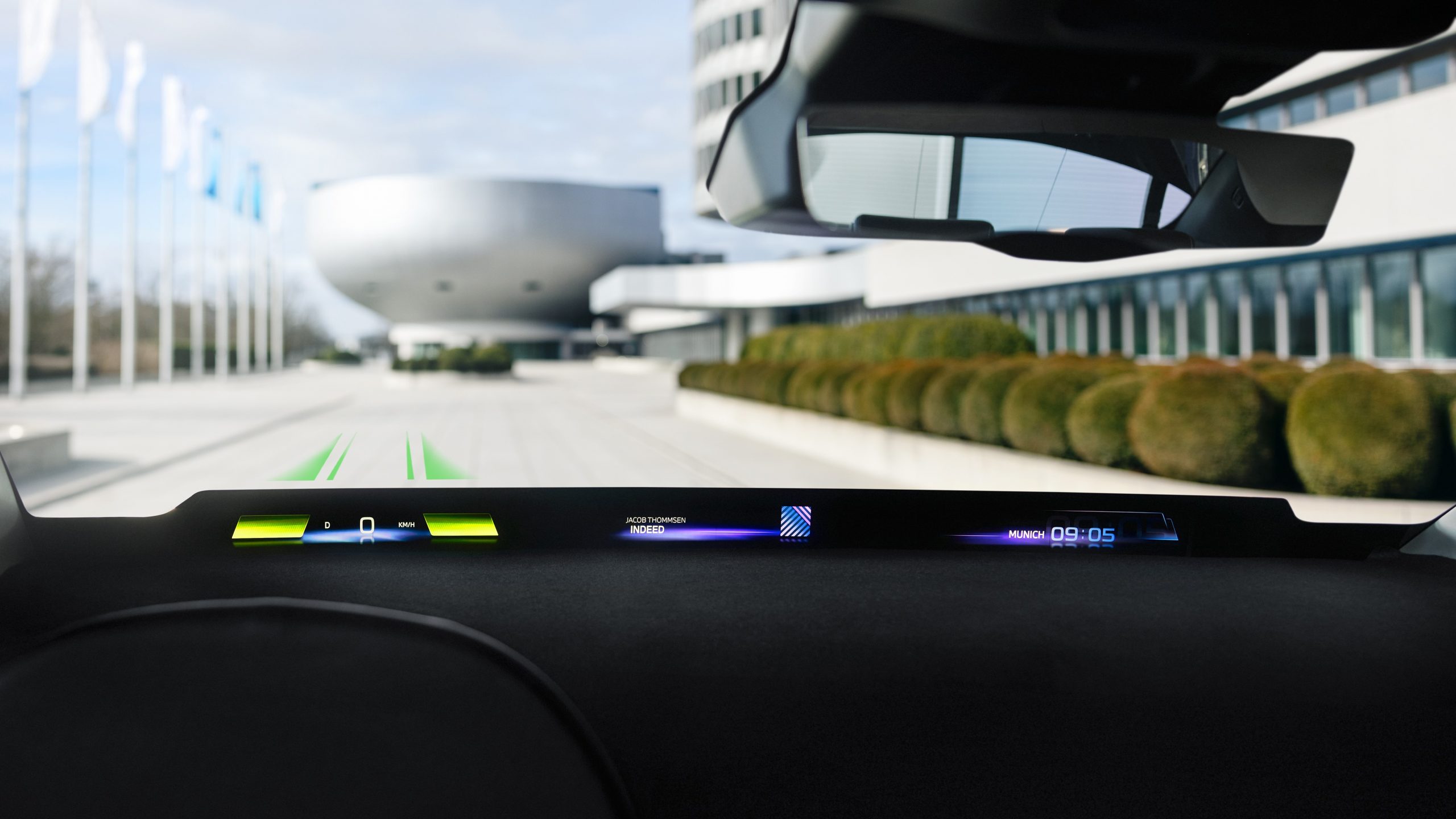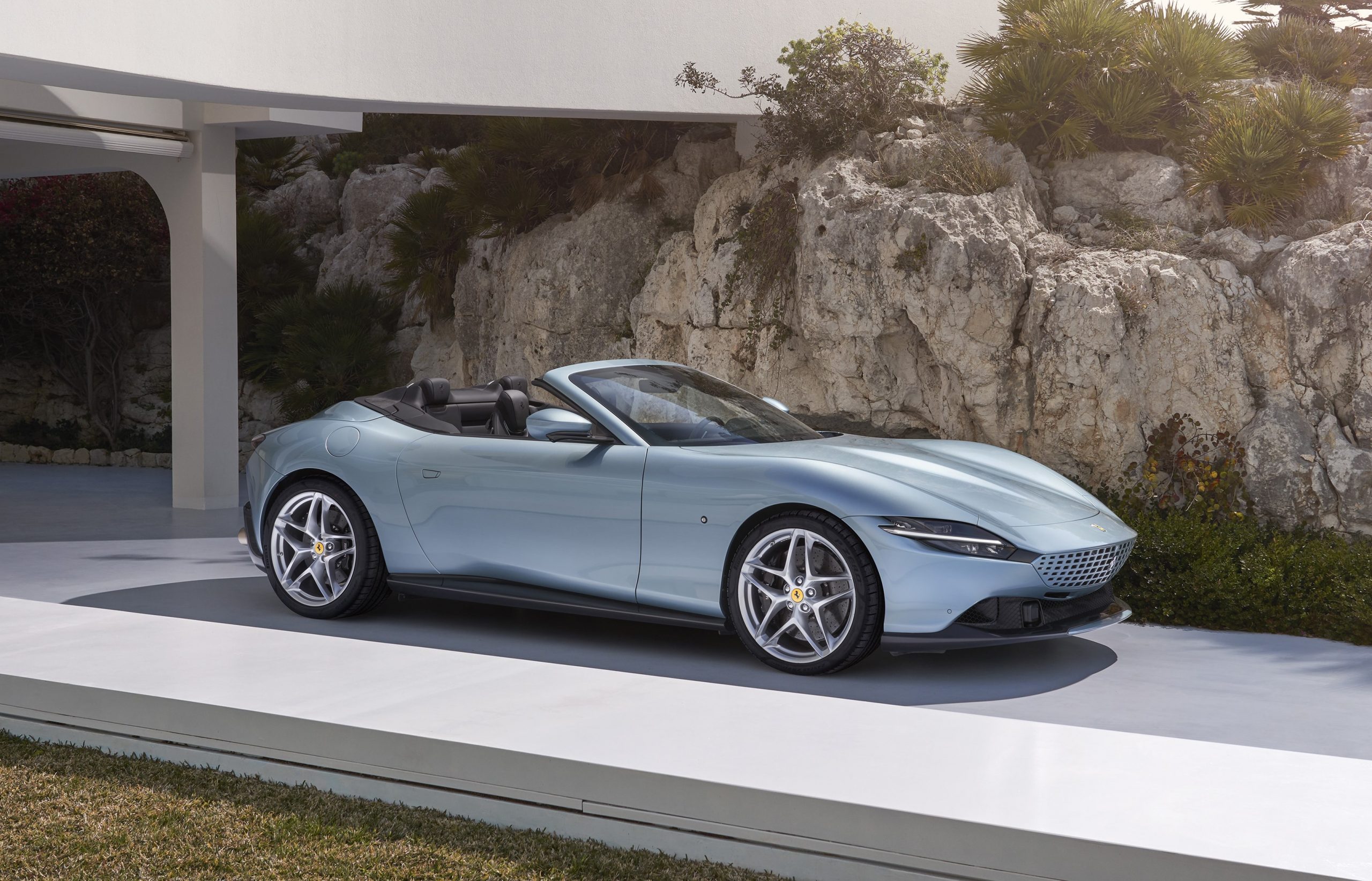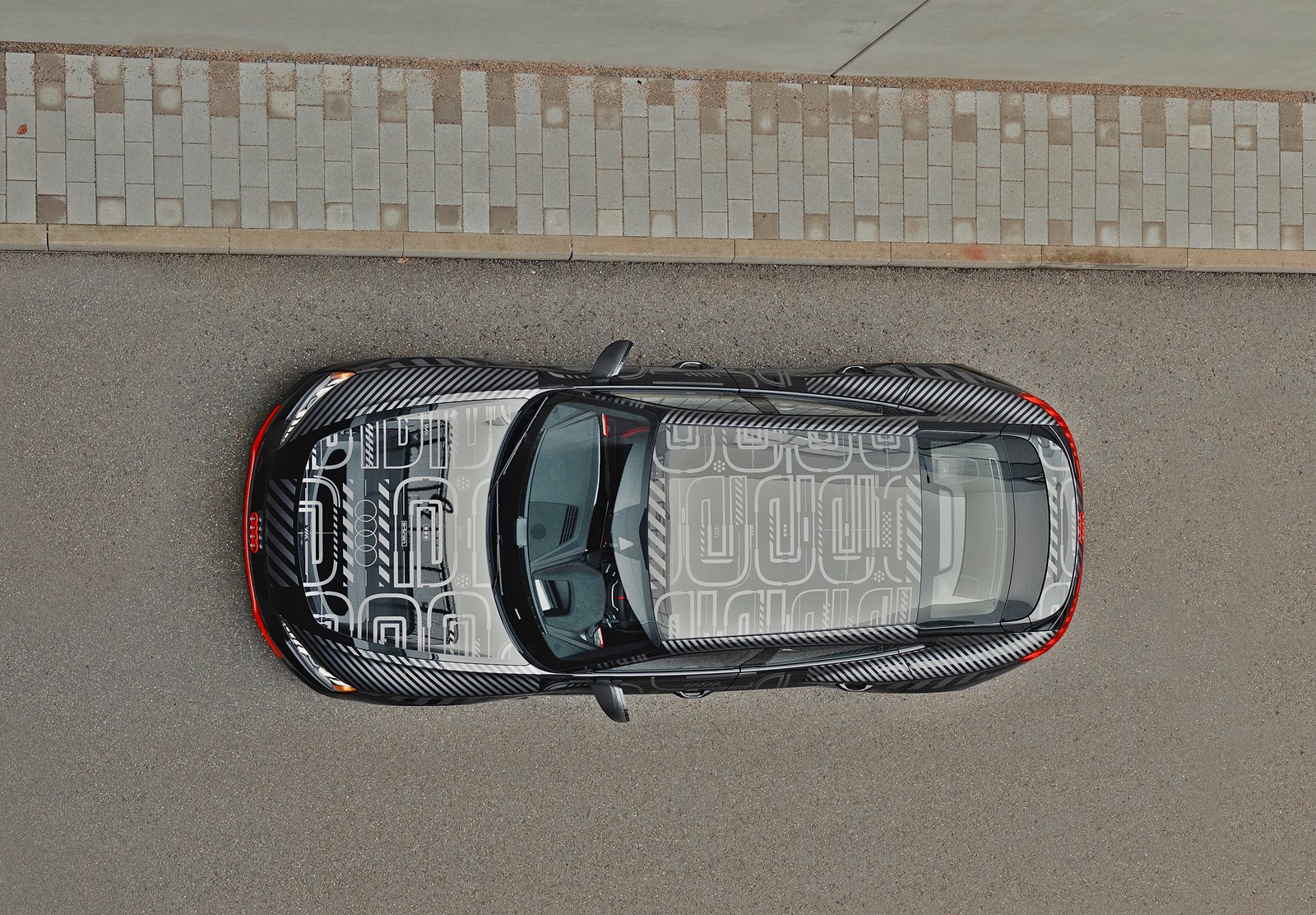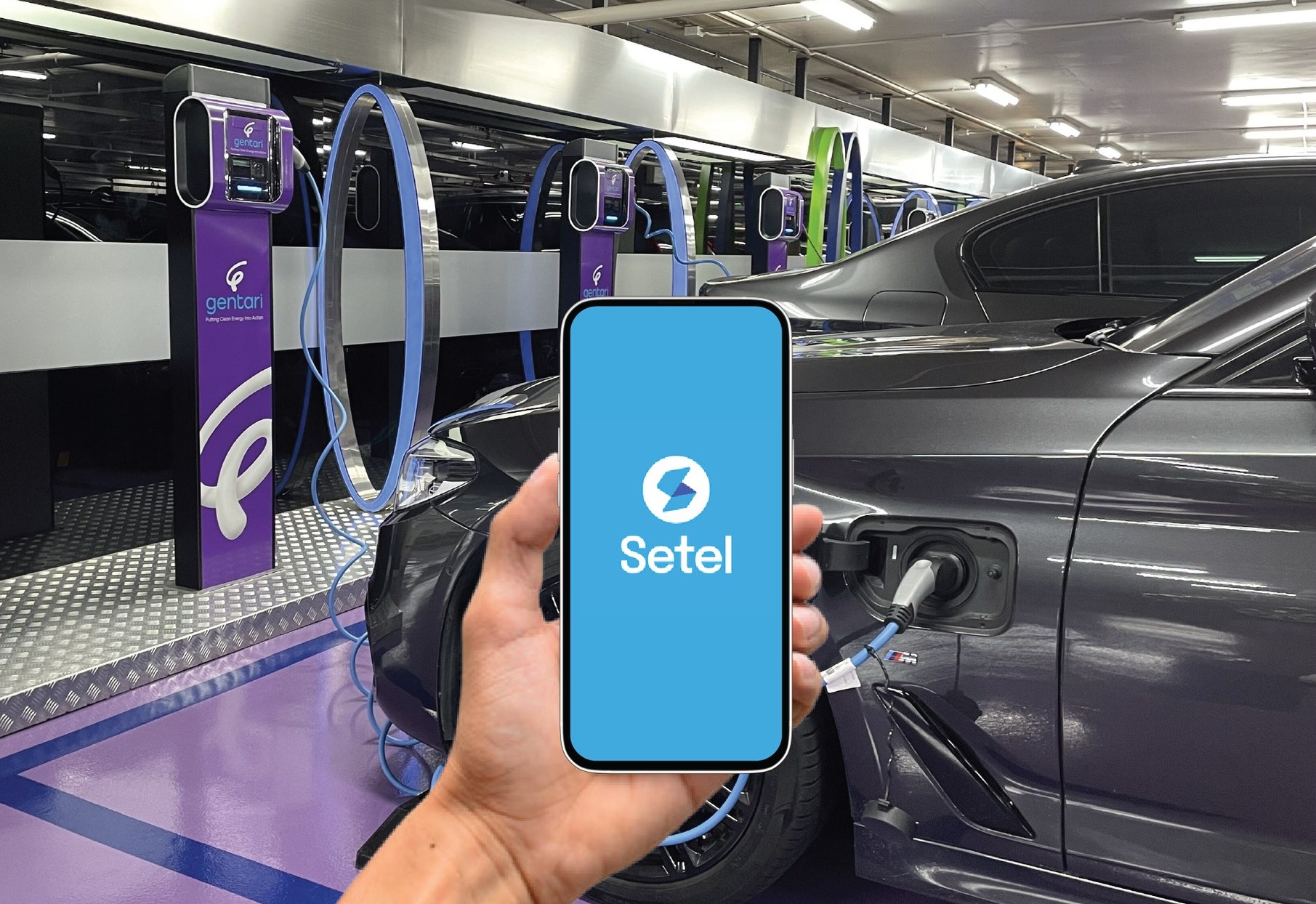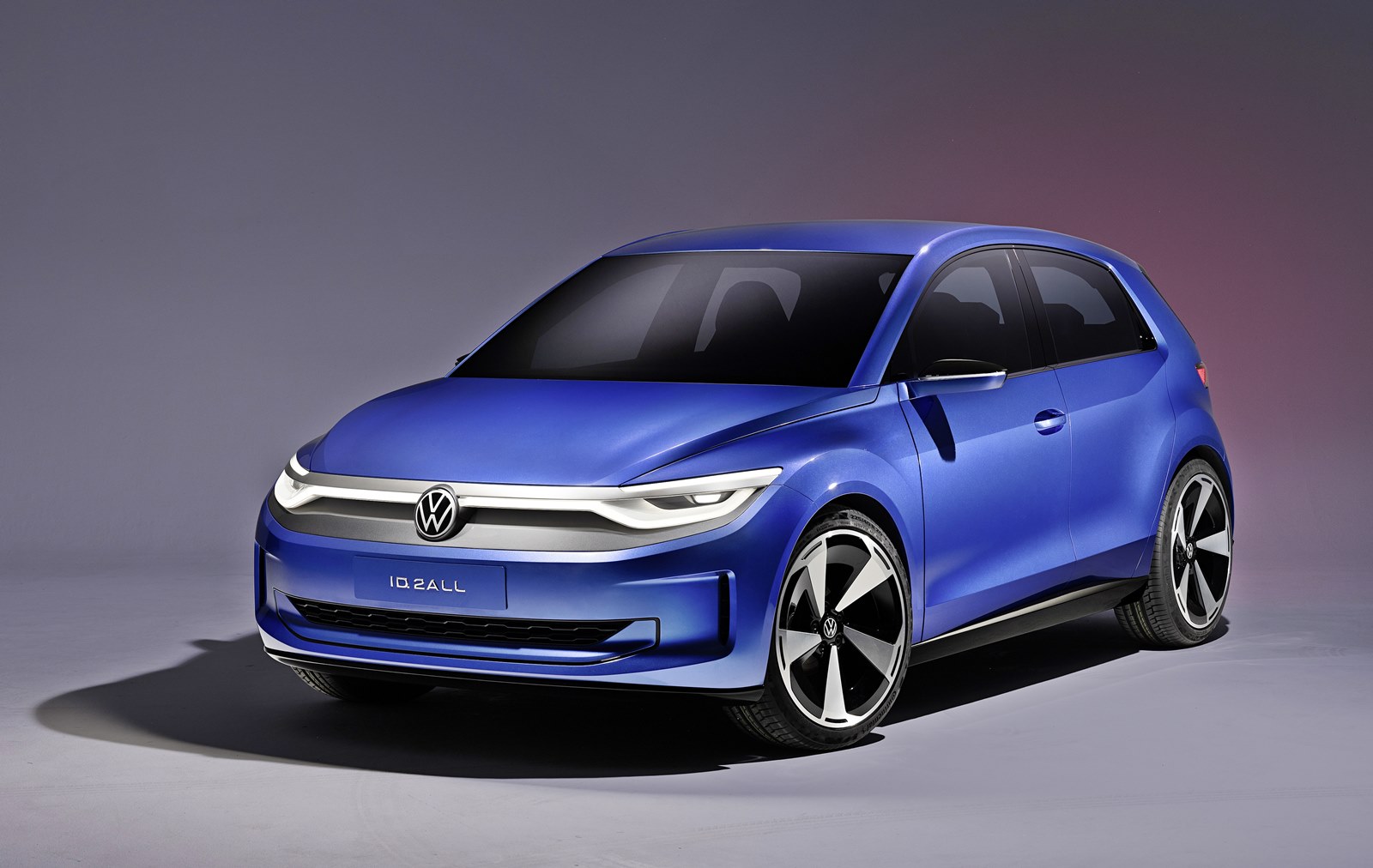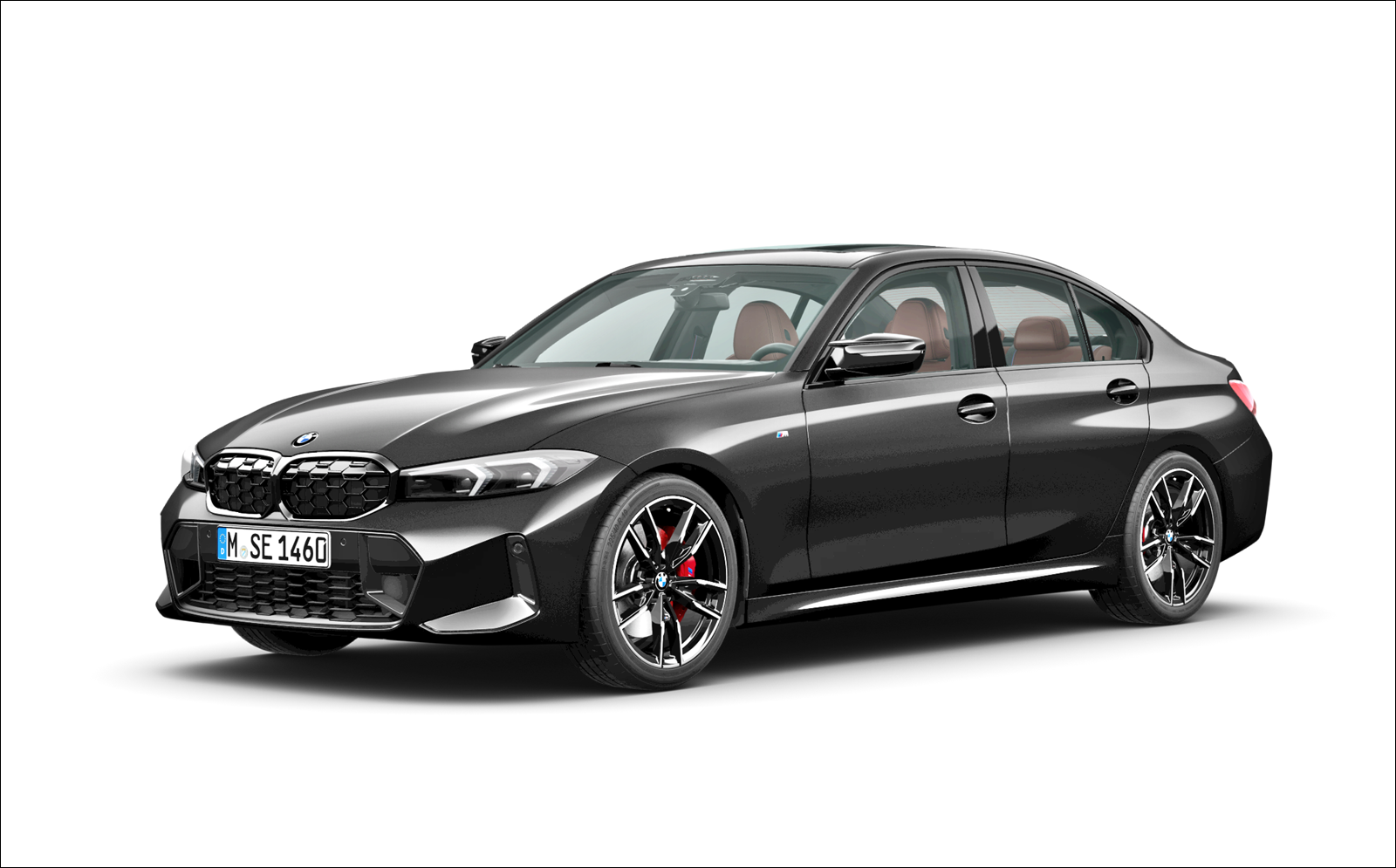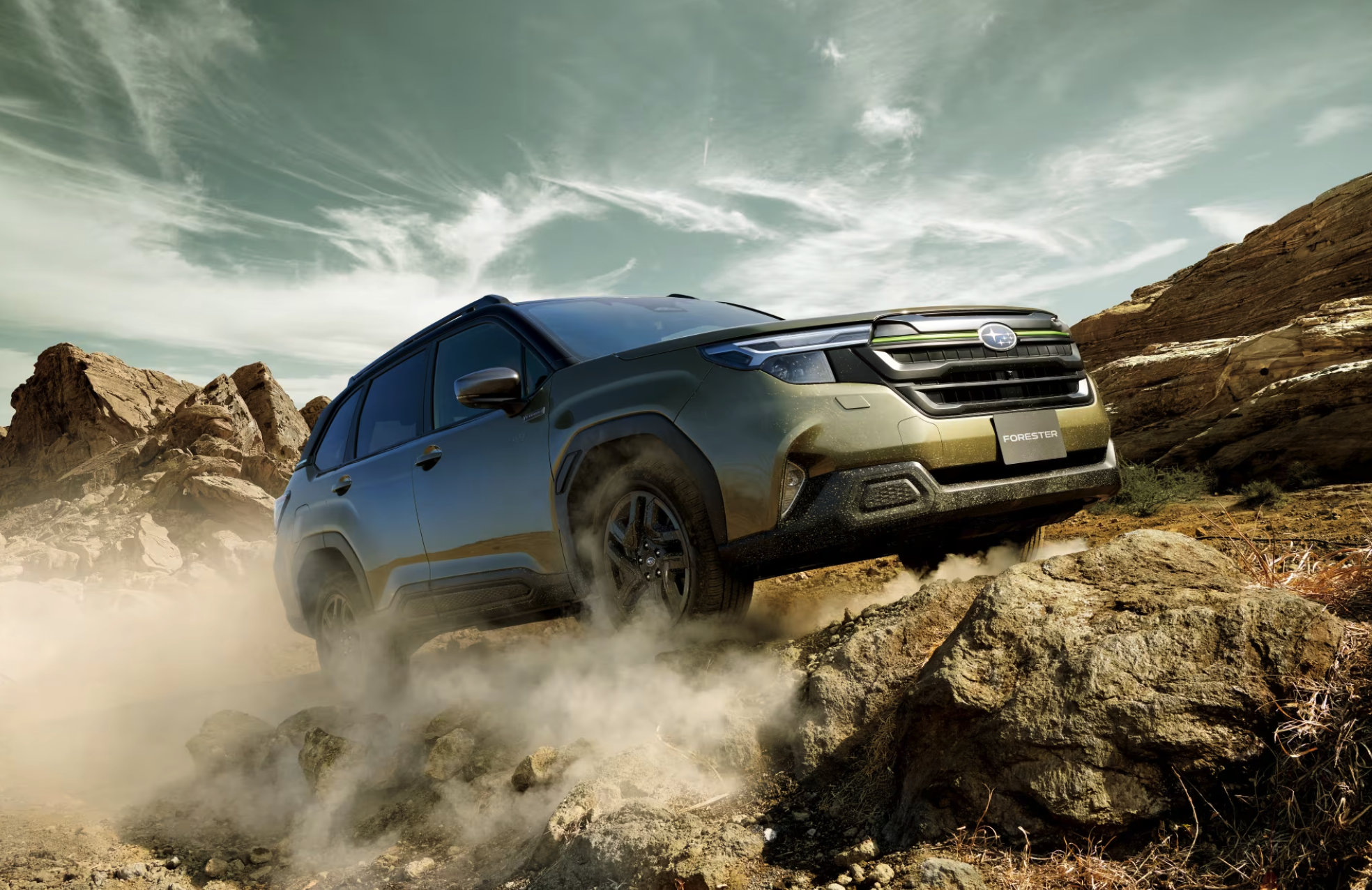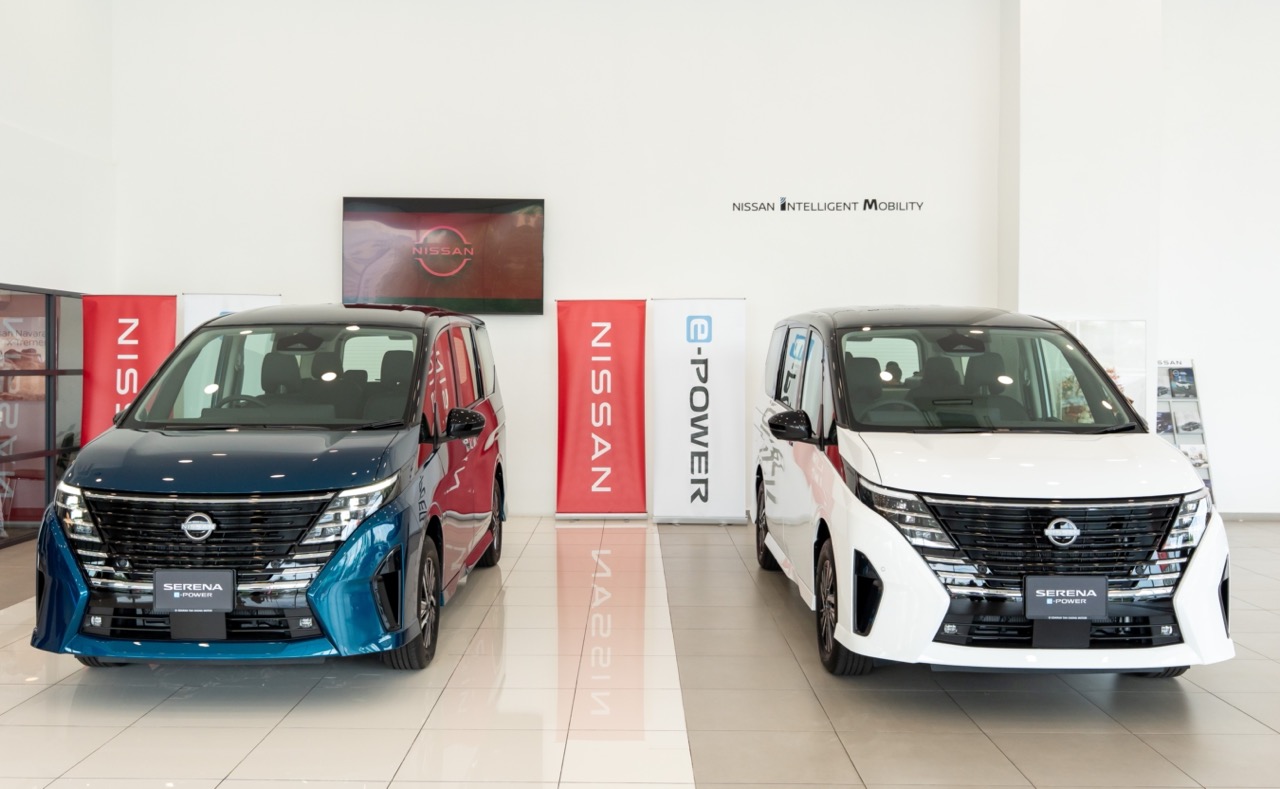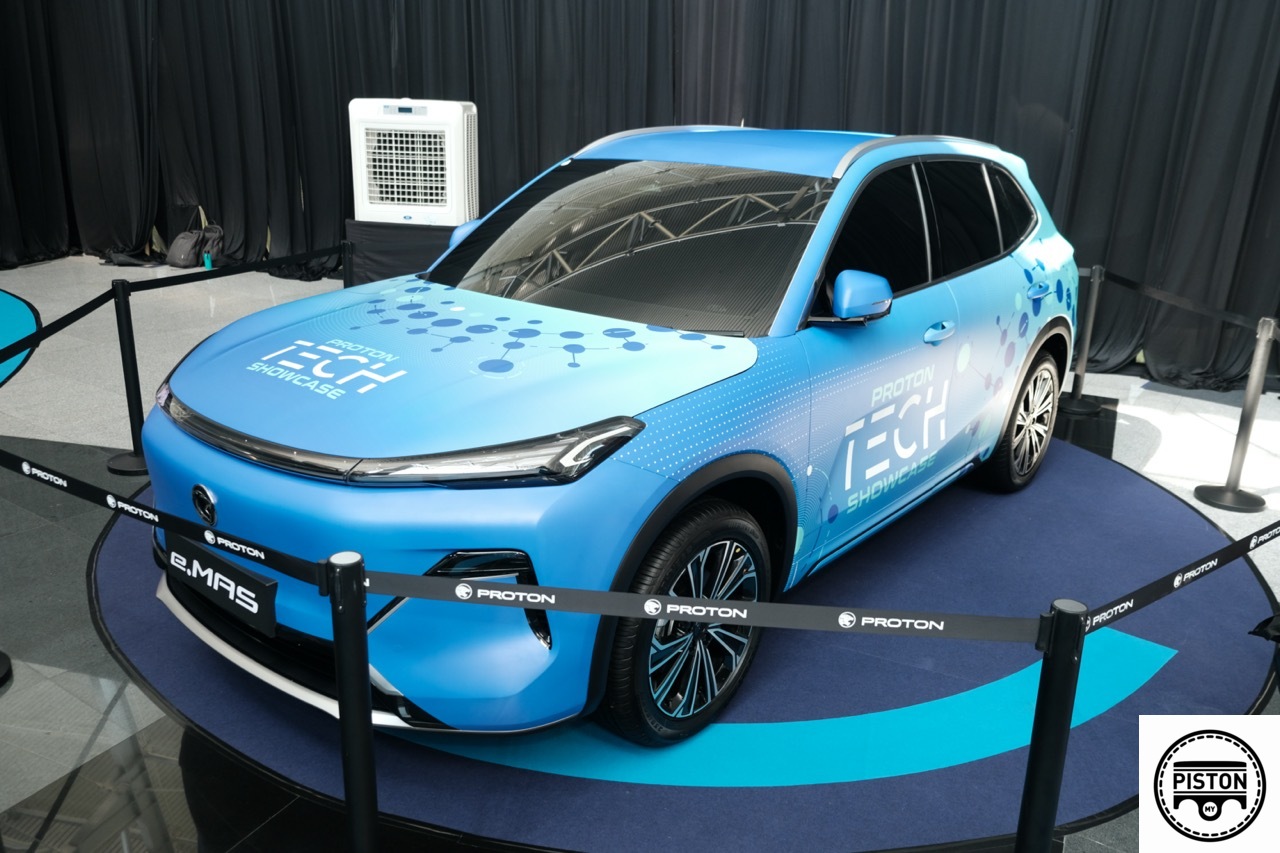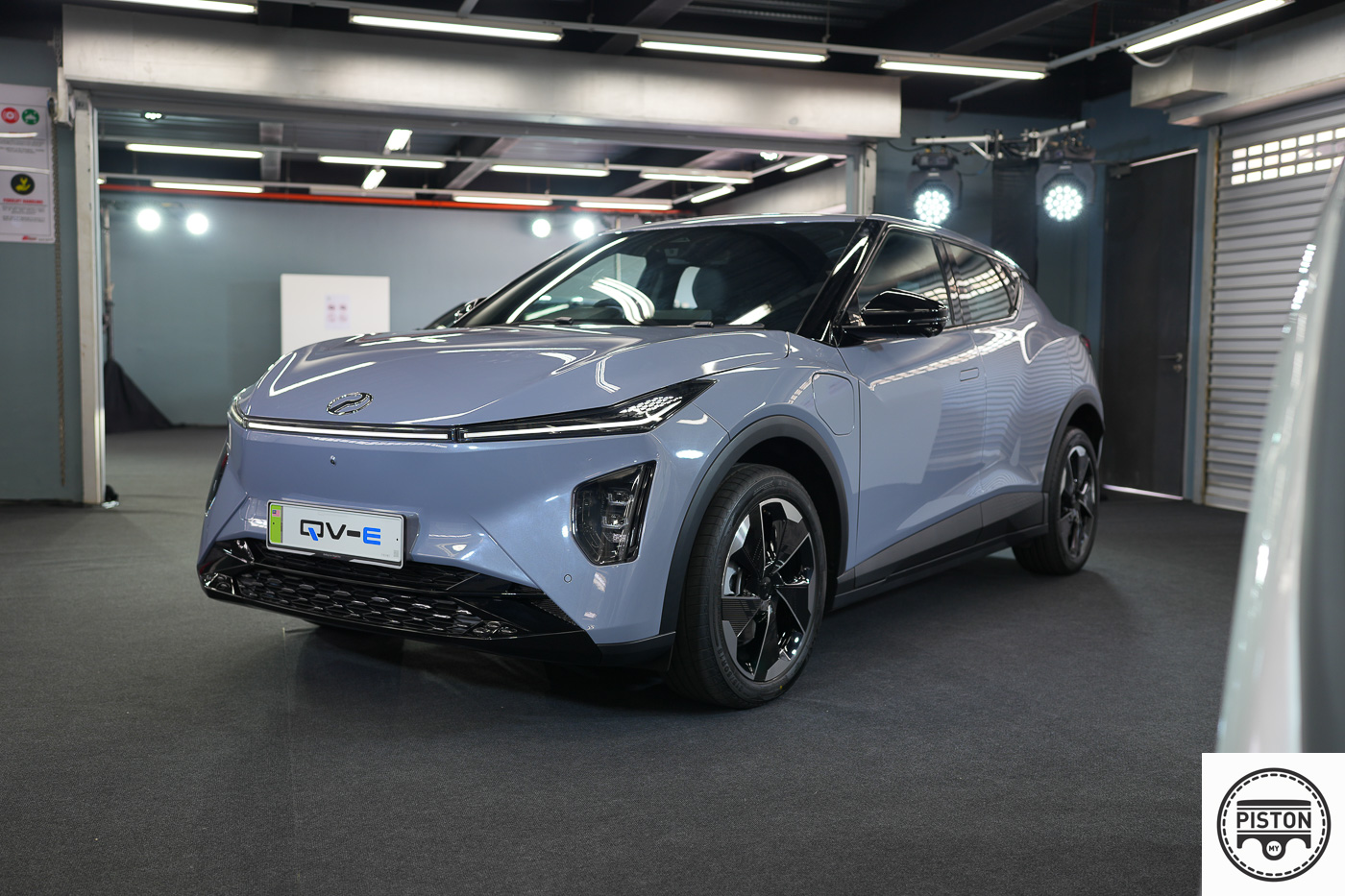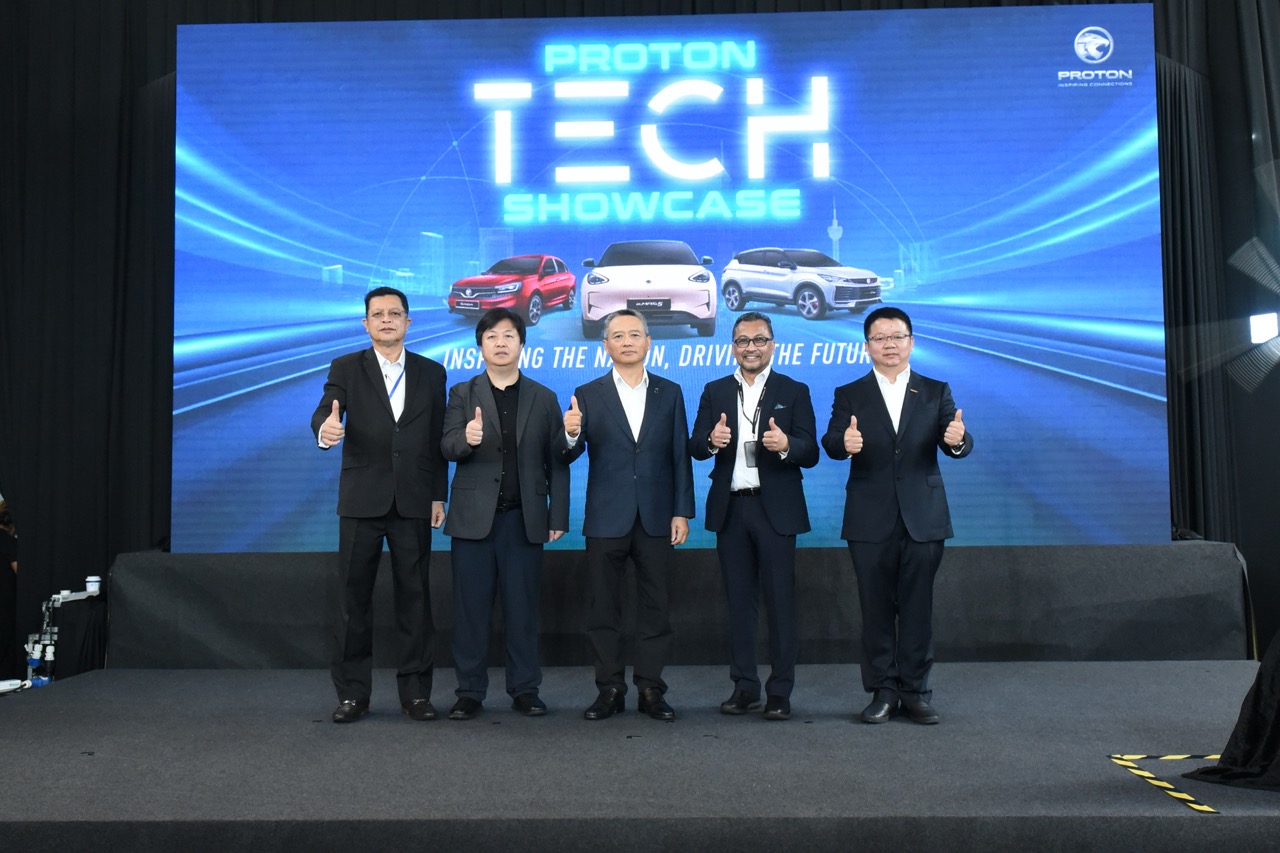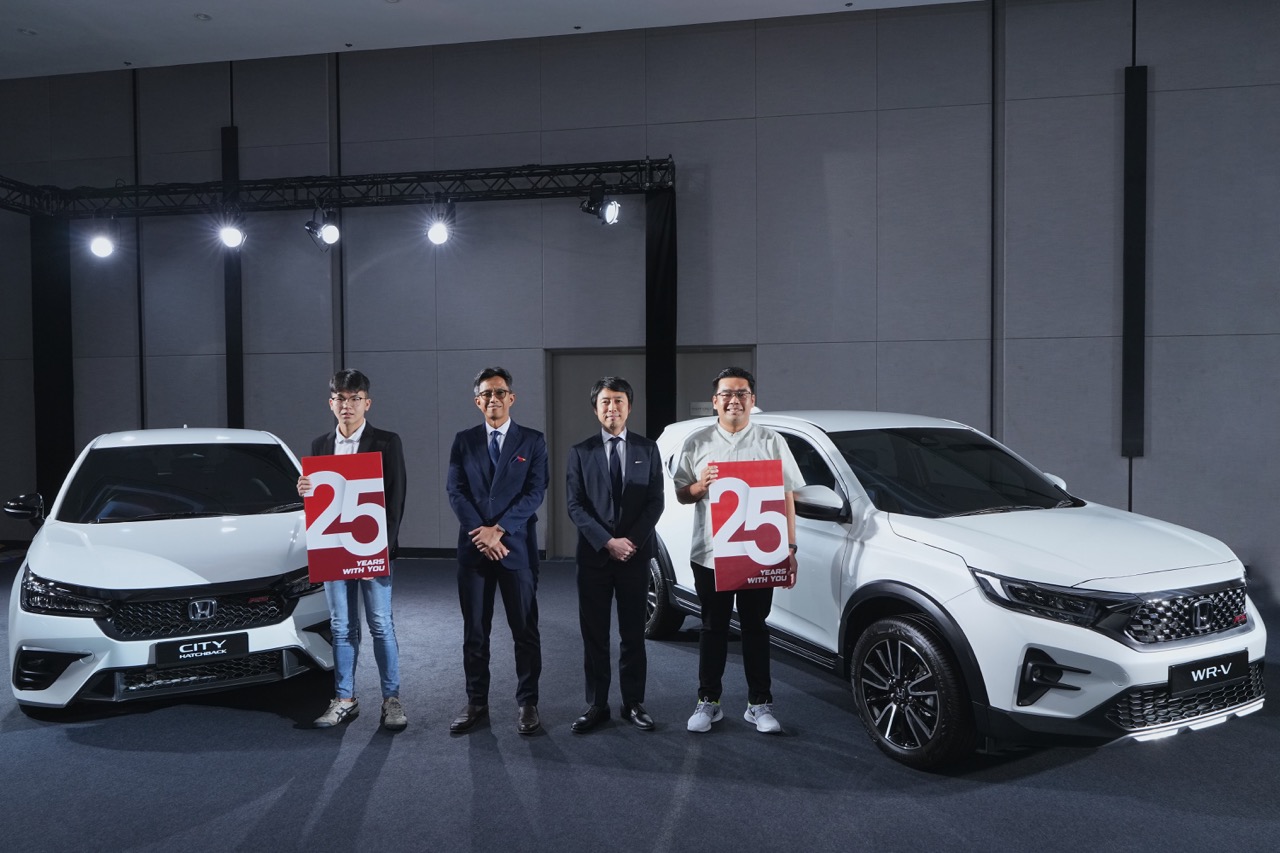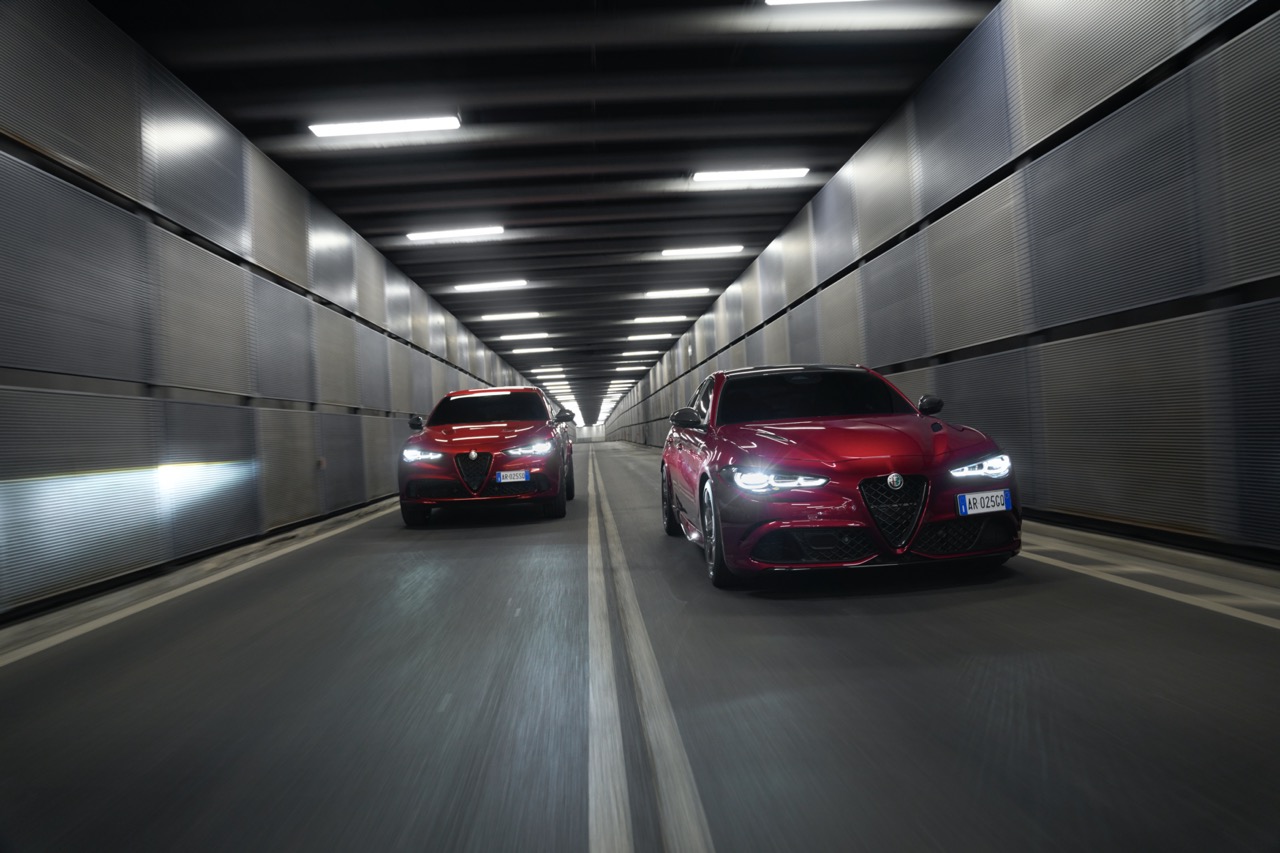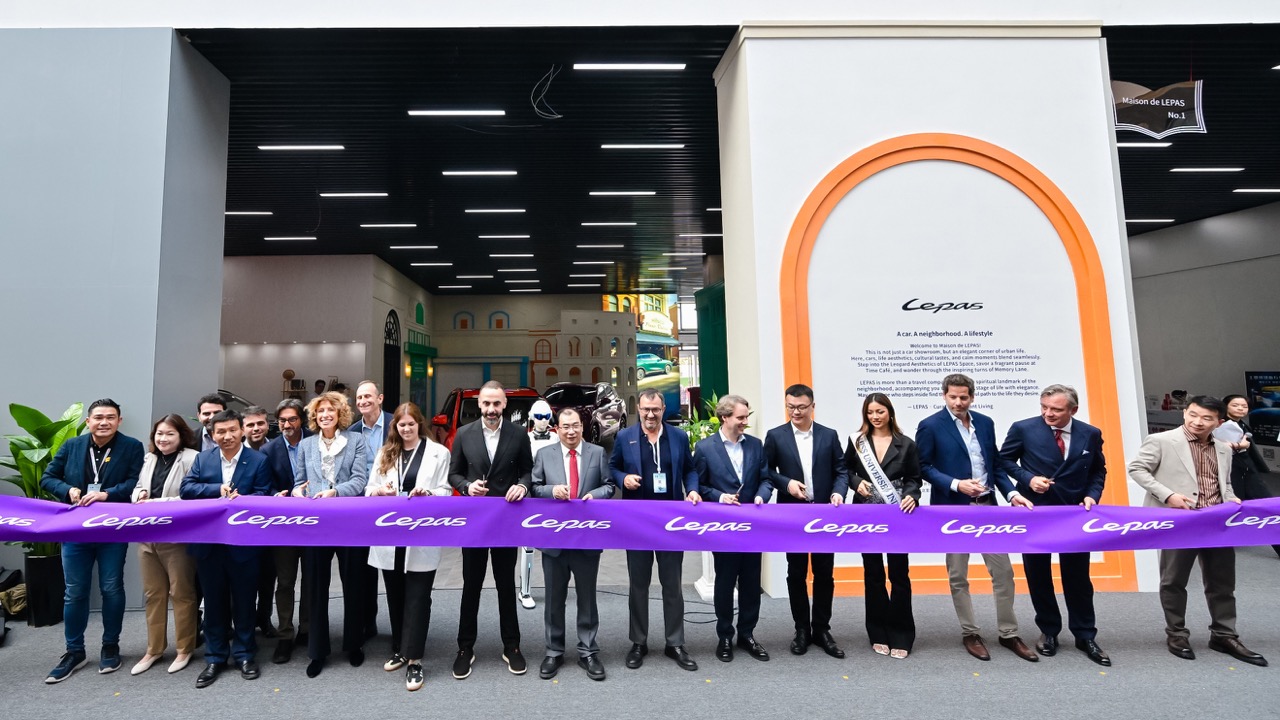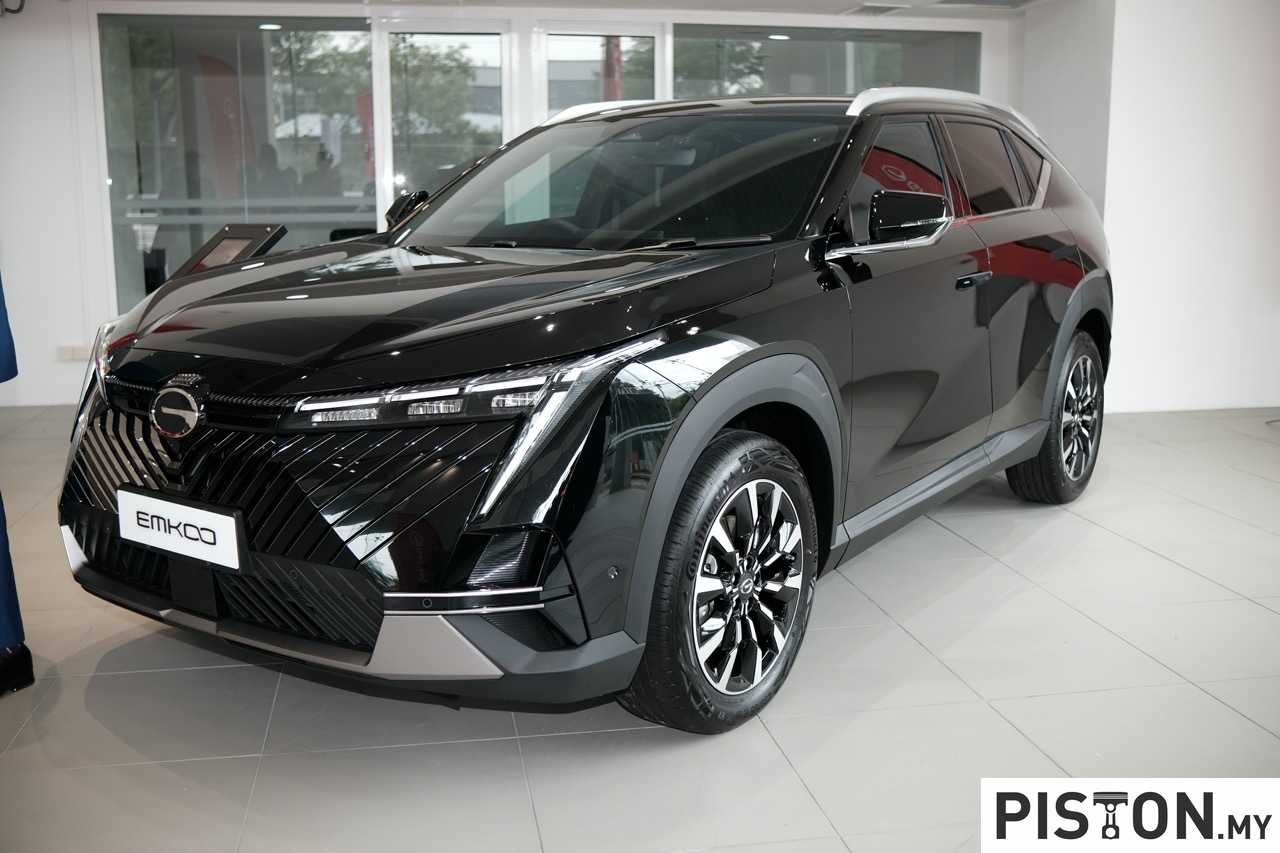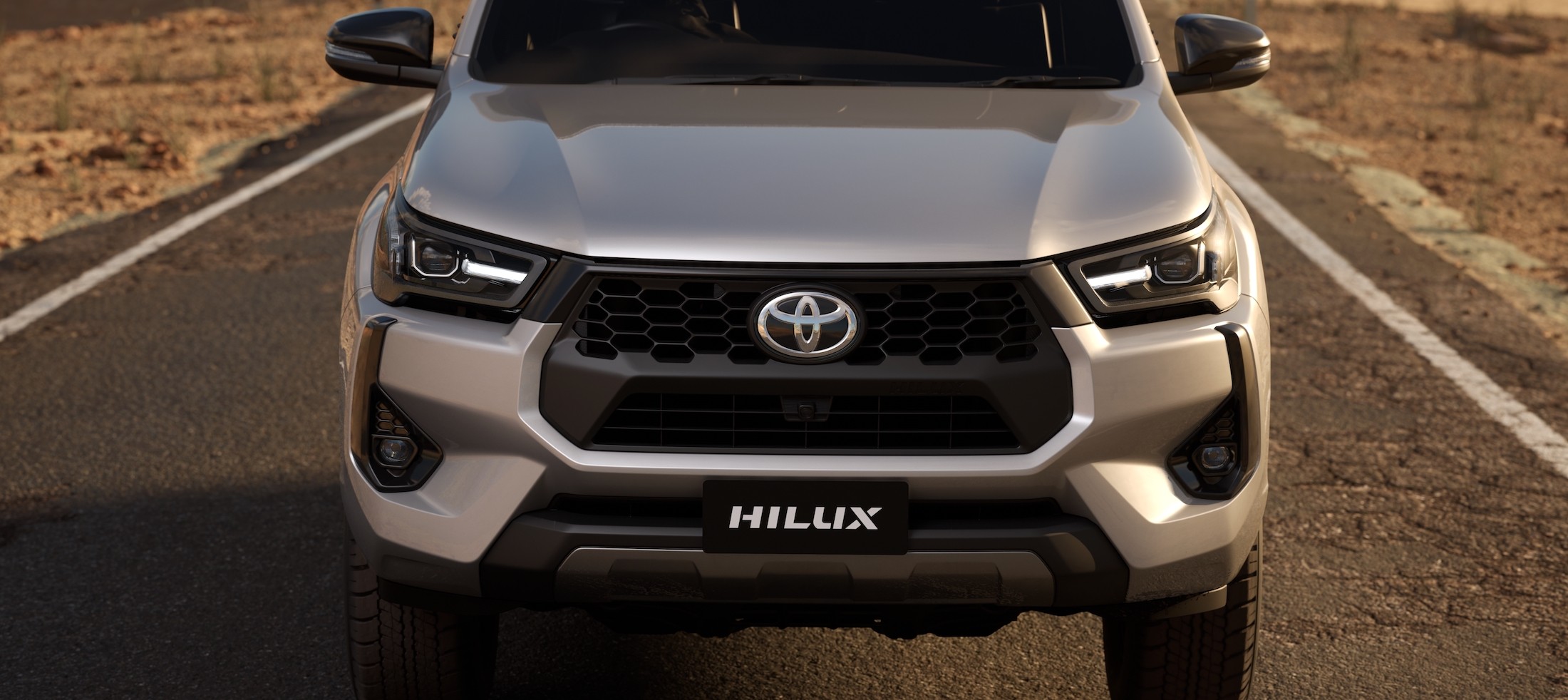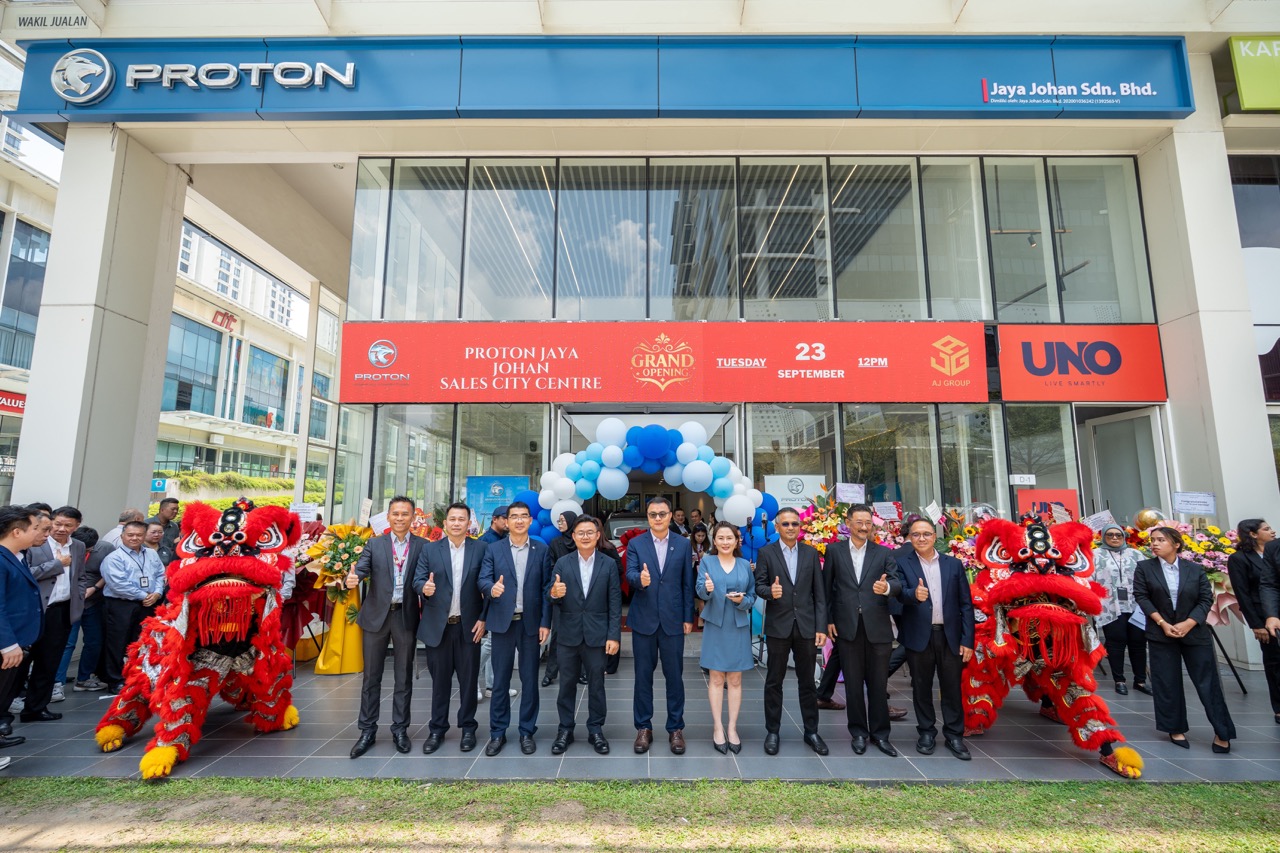Between 1962 and 1977, BMW introduced the Neue Klasse (German for New Class) model range which were a great leap forward for the company. They were innovative new products that not only marked the carmaker’s recovery from its earlier financial crisis but also started the reputation of the ‘Ultimate Driving Machine’.
In 2025, BMW will introduce another range of NEUE KLASSE models and as with the original range 60 years earlier, the models will be pioneering with a technology platform that will set new standards in digitalisation, sustainability and design for electric vehicles (EVs).
(more…)
